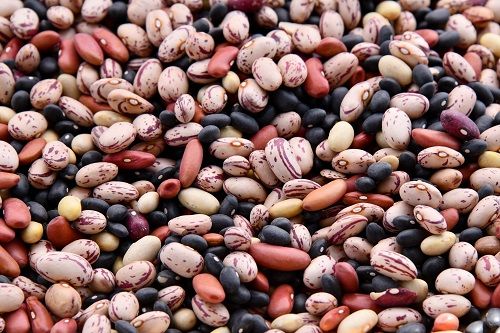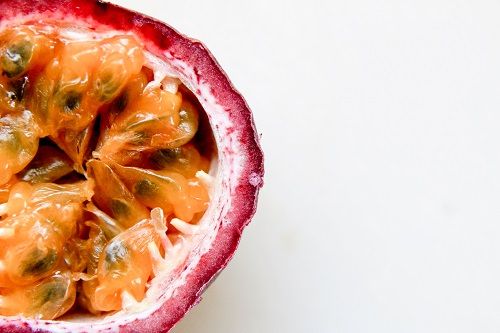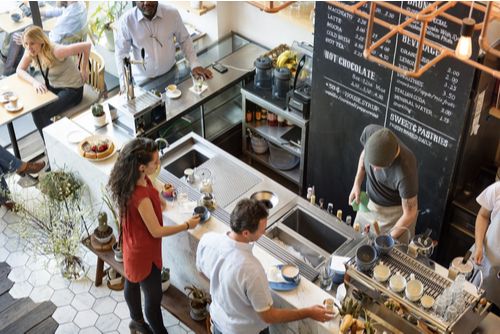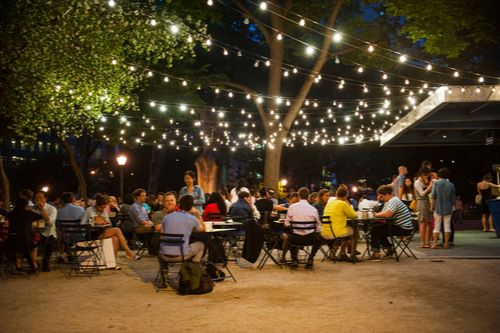enforex_pages_landing_block_cf95c3d1-950c-4b9d-89e3-225da28a3c60
In today’s blog post, we are going to learn how to express quantity for nouns. You’ll see this topic is not too complicated, and surely you will have very few questions after we are done with the explanation. ?
Click here to keep on reading in Spanish.
Bastante / bastantes (enough)
These quantifiers express a sufficient amount of something. For example:
¿Tenemos bastante comida para todos? ¡Somos 20!
Do we have enough food for all of us? We are 20 people!
No quiero discutir contigo. Ya he tenido bastantes problemas por hoy.
I don’t want to keep fighting with you. I’ve had enough for today.
The only variant of this quantifier is its plural form, bastantes, as it lacks a feminine form.
Mucho / mucha / muchos / muchas (too, many, a lot of)
We have have already talked about the use of these words in previous posts. They are used to describe a quantity which is greater than needed. For example:
En verano, al mediodía hace mucho calor. Prefiero pasear por la noche.
During the summer, it’s too hot at noon. I prefer walking at night.
Aquí hay mucha gente. Busquemos otro restaurante.
There are many people here. Let’s find another restaurant.
If you want to intensify the message, you’ll be tempted to use a direct translation of the word combo ‘too many’. However, it is important for you to know that the phrase *muy mucho is not correct in Spanish. Instead, we can use the word muchísimo and feminine variant muchísima. This is one of those things you won’t easily find on the Internet, but that a real Spanish teacher can help you learn with a Spanish course.
Aquí hay muchísima gente.
There are way too many people here.

Sometimes, we also use bastante to define a quantity which is greater than needed but lower than the one we express with the word mucho. Let us help you understand:
- Tengo bastantes dudas. ¿Puedes ayudarme? / I have several questions. Can you help?
- Tengo muchas dudas. ¿Puedes ayudarme? / I have many questions. Can you help?
In the first instance, we are saying that we have some questions, and that they are not few. But, in any case, they are less than the ones I have in the second example.
Demasiado / demasiada / demasiados / demasiadas (too much, too many)
All the words above express a quantity that is greater than expected and, in addition to that, greater than what is defined by mucho. In other words, when using these quantifiers, we are talking about an excess, which has negative connotations. For example:
Hay demasiada comida. Solo somos 5 y seguro que tiraremos casi todo a la basura.
There is too much food. We are only 5 people and most of it will be thrown away.
Tu hijo tiene demasiados videojuegos. Podrías comprarle algún libro.
Your son has too many videogames. You could get him some books.
Poco / poca / pocos / pocas (few, little, not many)
Unlike the previous quantifiers, poco expresses a quantity which is lower than usual. However, it doesn’t necessarily have negative connotations. For example:
Me gusta esta playa porque siempre hay muy poca gente.
I like this beach because there are not many people.
Quedan pocos huevos. ¿Puedes comprar por favor?
There are few eggs left. Could you buy some, please?
Please note that, opposite to mucho, in this case we can add the word muy to intensify the concept of poco. So, it is correct to say:
Tengo muy poco papel en la oficina.
I have very little paper left at the office.
Many thanks to Ignacio Sellés for preparing this explanation, which was as enlighting as the bright sun of Alicante, the city where he teaches Spanish at our partner school.




























